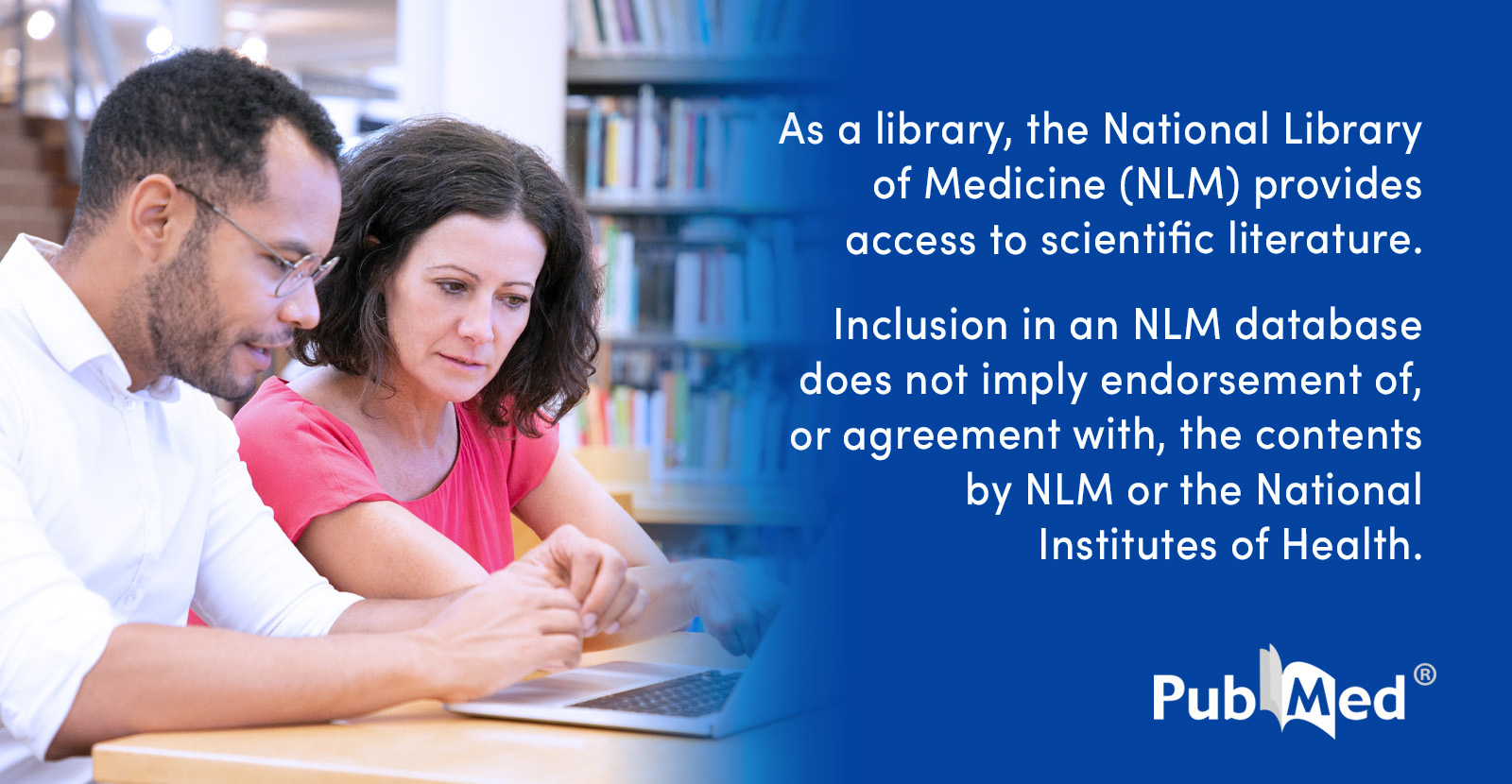Incidence and Causes of Adverse Events in Diagnostic Radiological Studies Requiring Anesthesia in the Wake-Up Safe Registry.
Autor: Khawaja, Asad A.; Tumin, Dmitry; Beltran, Ralph J.; Tobias, Joseph D.; Uffman, Joshua C.
Publication year: 2021
Journal of patient safety
issn:1549-8425 1549-8417
doi: 10.1097/PTS.0000000000000469
Abstract:
OBJECTIVES: General anesthesia or sedation can facilitate the completion of diagnostic radiological studies in children. We evaluated the incidence, predictors, and causes of adverse events (AEs) when general anesthesia is provided for diagnostic radiological imaging. METHODS: Deidentified data from 24 pediatric tertiary care hospitals participating in the Wake-Up Safe registry during 2010-2015 were obtained for analysis. Children 18 years or younger receiving general anesthesia for radiological procedures were identified using Current Procedural Terminology codes, and reported AEs were analyzed if they were associated with anesthetic care at magnetic resonance imaging or computed tomography locations. Logistic regression was used to determine predictors of AE occurrence in cases with complete covariate data. RESULTS: We identified 175,486 anesthetics for diagnostic radiological exams, compared with 83 AEs in magnetic resonance imaging or computed tomography locations (AE incidence of 0.05%). In multivariable analysis, AEs were more likely among patients with American Society of Anesthesiologists physical status IV compared with American Society of Anesthesiologists physical status I patients (adjusted odds ratio, 8.9; 95% confidence interval, 2.8-28.0; P < 0.001). Twenty-three AEs resulted in harm to the patient, whereas 32 AEs required unplanned hospital or intensive care unit admission. Anesthetic complications or issues were the most common cause of AEs (n = 52). CONCLUSIONS: Anesthesia provided for pediatric radiological studies is very safe and with an overall low AE incidence. The contribution of anesthetic complications to reported AEs suggests opportunities for further process improvement in this setting. Language: eng Rights: Copyright © 2018 Wolters Kluwer Health, Inc. All rights reserved. Pmid: 29521816 Tags: Humans; Incidence; Child; Risk Factors; Hospitalization; Registries; *Anesthesia/adverse effects Link: https://pubmed.ncbi.nlm.nih.gov/29521816/








